Favorite Foods Of 30 Famous Figures From History
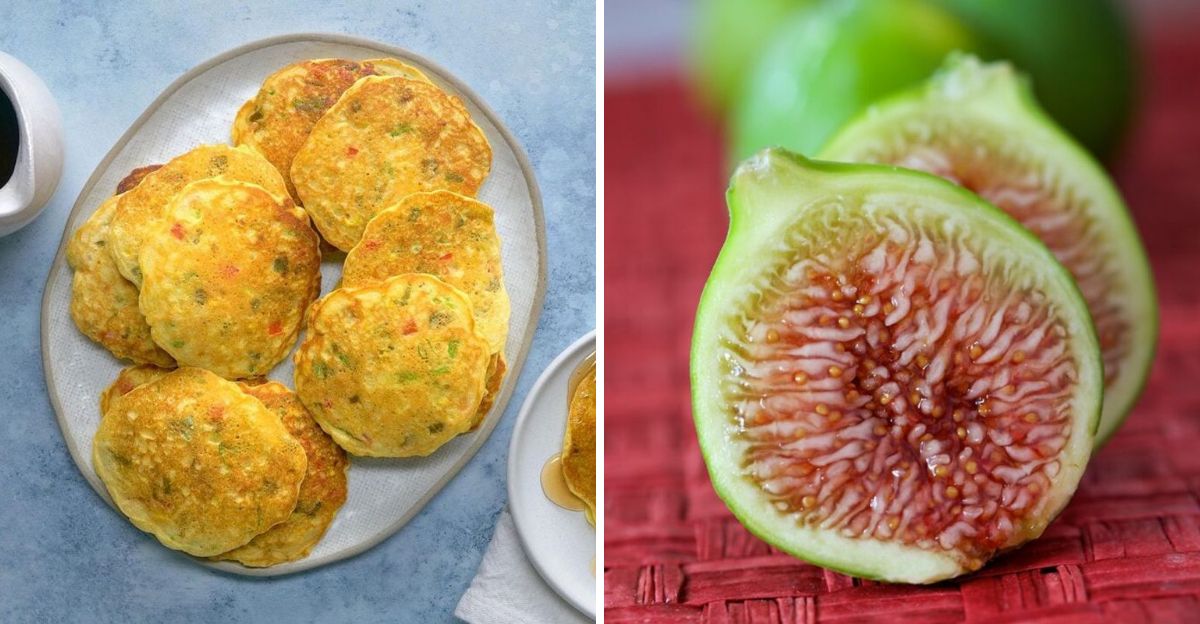
Explore the intriguing culinary preferences of 30 renowned historical figures, each with a unique palate that reflects their personality, era, and cultural influences. From rulers to artists, their favorite dishes offer a glimpse into their world, revealing tastes that range from simple and hearty to opulent and exotic.
1. George Washington – Hoe Cakes
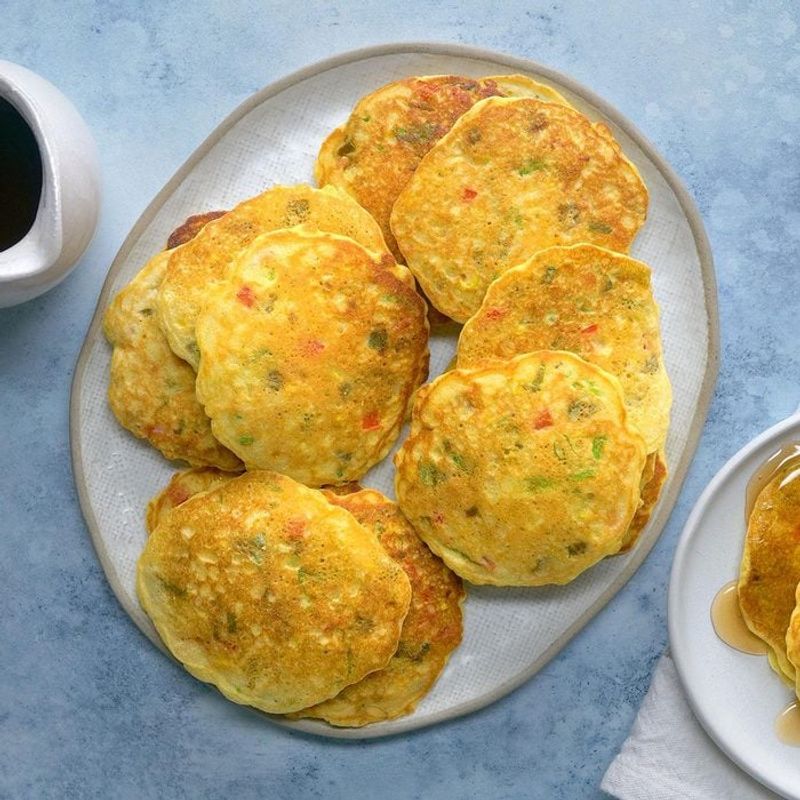
Among the many tales of George Washington, his fondness for hoe cakes is a delightful note. A staple in the American South, these cornmeal pancakes were a comforting treat for the first president.
Served with a generous helping of butter and honey, they provided both sustenance and a sweet indulgence. Washington’s love for simple, hearty meals like these highlights his connection to the land he led.
This preference for hoe cakes reflects a man who valued the straightforward pleasures of life, even while navigating the complexities of forming a new nation.
2. Napoleon Bonaparte – Chicken Marengo
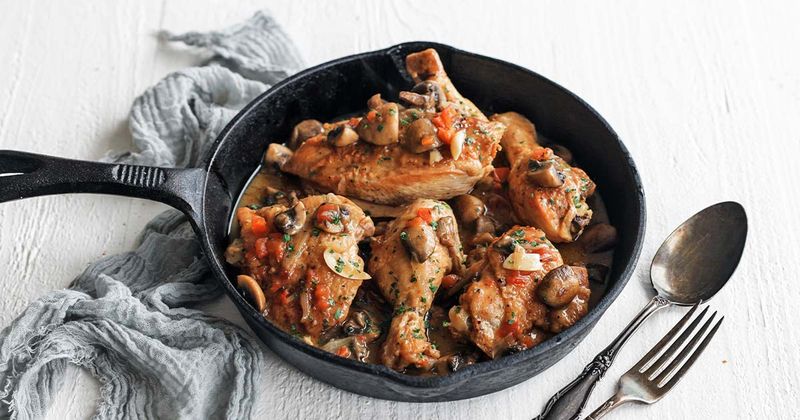
Napoleon Bonaparte’s reputed favorite, Chicken Marengo, comes with an intriguing legend. After a victorious battle near Marengo, his chef improvised a meal with what was available: chicken, tomatoes, and olives.
This culinary creation supposedly became a favorite, and he demanded it frequently. The dish’s resourcefulness mirrors Napoleon’s strategic mind and adaptability in the field.
Whether the tale is true or not, Chicken Marengo remains linked to his legacy, symbolizing a blend of necessity and flavor worthy of an emperor.
3. Cleopatra – Figs
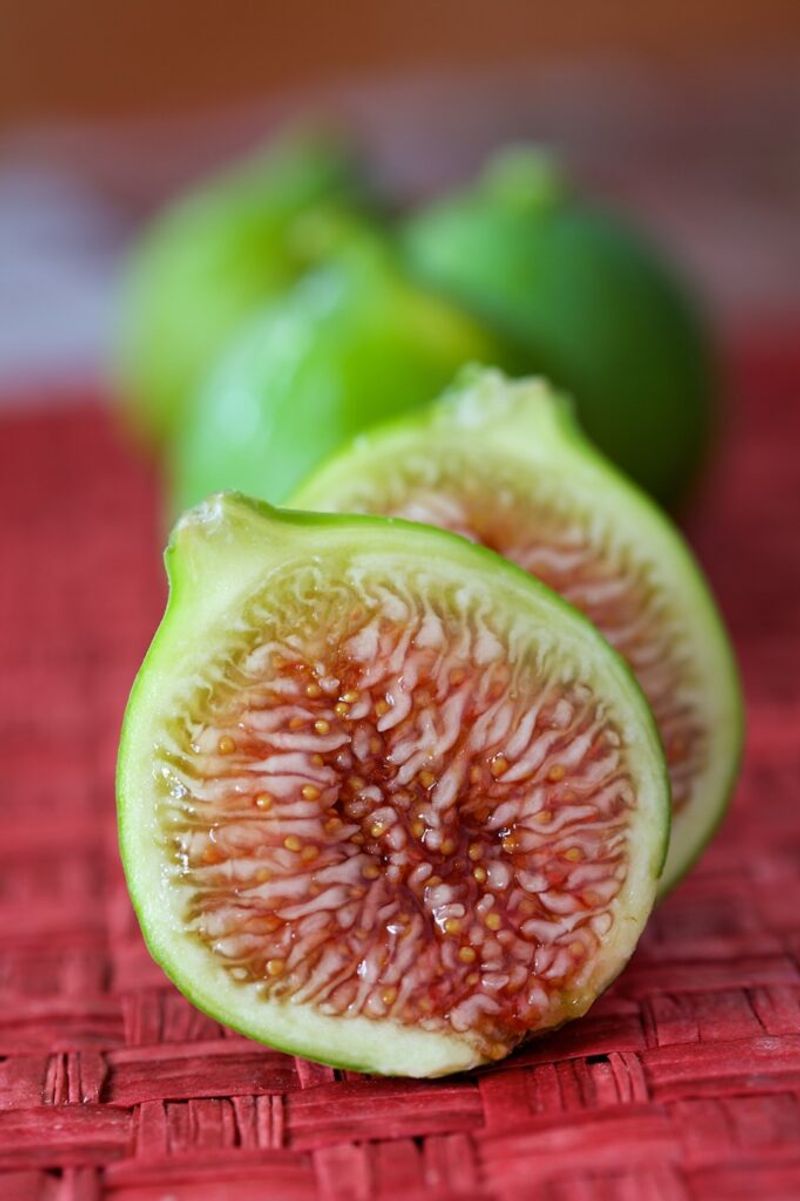
Figs, a fruit associated with Cleopatra, illuminate her taste for the exquisite. Often present at lavish Egyptian feasts, figs were enjoyed fresh, symbolizing fertility and prosperity.
Cleopatra’s preference for this fruit showcases her appreciation for both the sensual and the symbolic aspects of her reign. The luscious figs complemented her lavish lifestyle and royal status.
In the annals of history, Cleopatra’s fondness for figs adds a flavorful layer to the enigmatic queen’s culinary story, blending luxury with nature’s bounty.
4. Leonardo da Vinci – Vegetable Soup
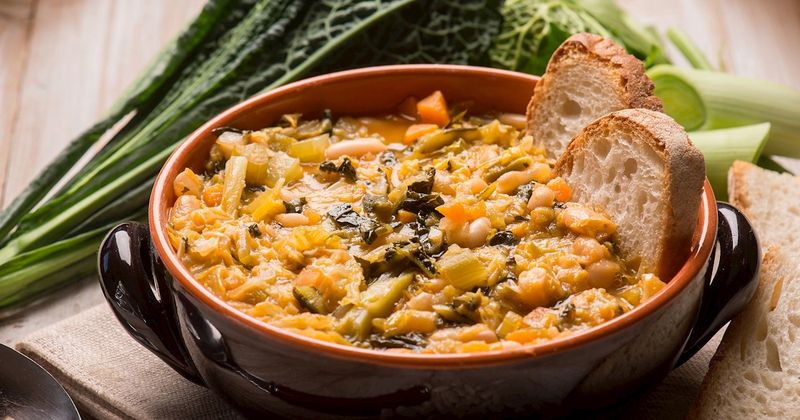
Leonardo da Vinci, a visionary in both art and life, favored simplicity in his meals. A vegetarian by choice, he often opted for dishes like hearty vegetable soups.
His preference for plant-based fare anticipated modern dietary trends, reflecting his forward-thinking nature. The wholesome ingredients mirrored his pursuit of balance and harmony.
Da Vinci’s love for vegetable soup aligns with his broader philosophy, where art, science, and life intertwined seamlessly. His culinary choices were as innovative as his artistic masterpieces.
5. Abraham Lincoln – Apples
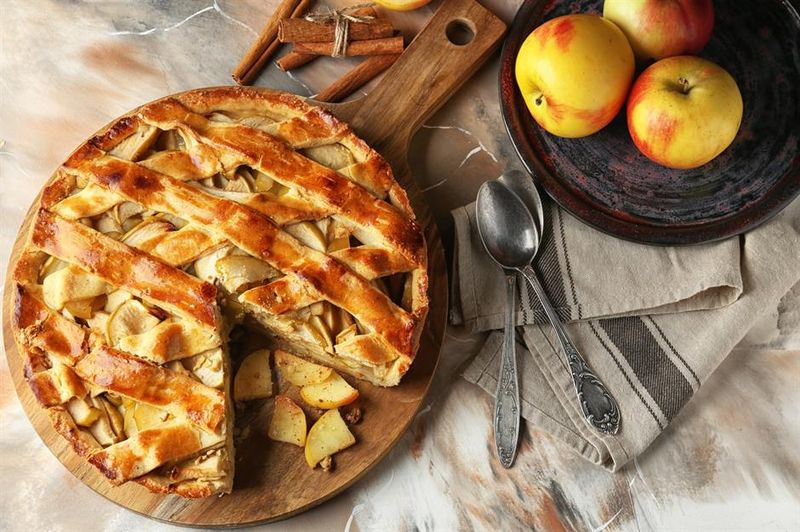
Abraham Lincoln’s affection for apples was as enduring as his legacy. Known for his straightforward tastes, he often enjoyed apples raw, whether as a snack or a meal’s centerpiece.
This simple fruit symbolized his honest, humble nature and was a staple in his diet. Lincoln’s affinity for apples reflected his connection to the American land and its bounty.
In a time of complexity and change, Lincoln’s choice of apples as a favored food highlights the enduring appeal of simplicity and the natural goodness of life.
6. Queen Elizabeth I – Sugar Sculptures
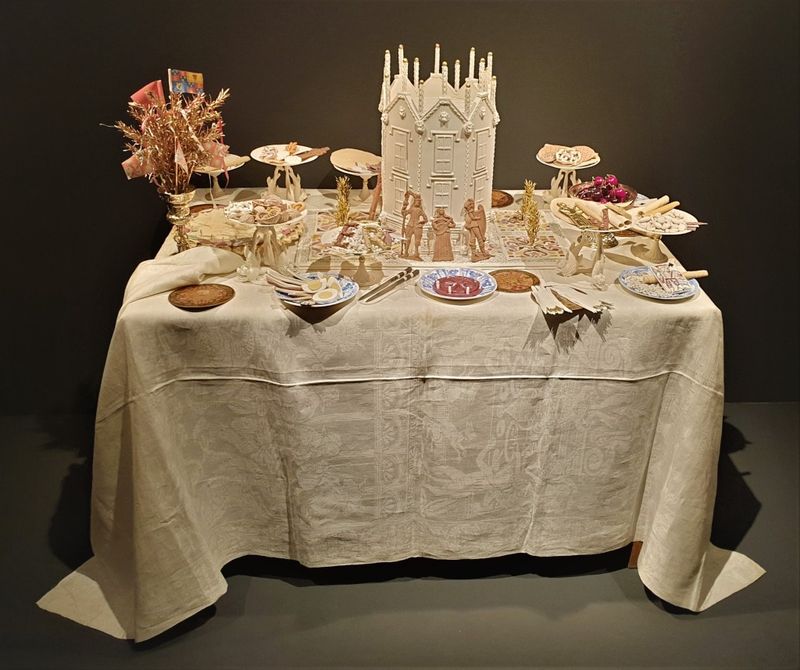
Queen Elizabeth I’s reign was sweetened by her love for intricate sugar sculptures. These elaborate creations adorned banquets, showcasing the artistry and opulence of her court.
Crafted into castles, animals, and crowns, they symbolized both wealth and creativity. Her fondness for these sugary delights reflected the grandeur and sophistication of her era.
Elizabeth’s passion for sugar sculptures is a testament to her taste for elegance and innovation, mirroring the cultural flourishing of the Elizabethan age.
7. Mahatma Gandhi – Goat’s Milk
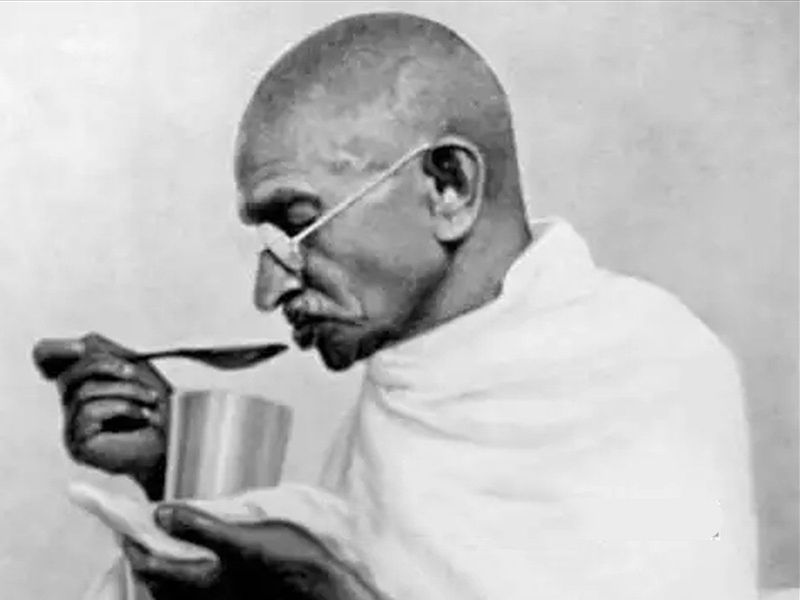
Mahatma Gandhi, a symbol of simplicity and humility, included goat’s milk in his diet as a regular indulgence. A staunch vegetarian, he chose this nourishing drink for its health benefits.
Gandhi’s reliance on goat’s milk underscores his commitment to a modest lifestyle, valuing practicality over opulence. It was one of the few animal products he consumed.
In the broader context of his life, goat’s milk symbolizes Gandhi’s dedication to self-sufficiency and health, resonating with his philosophy of non-violence and simplicity.
8. Winston Churchill – Roast Beef and Yorkshire Pudding
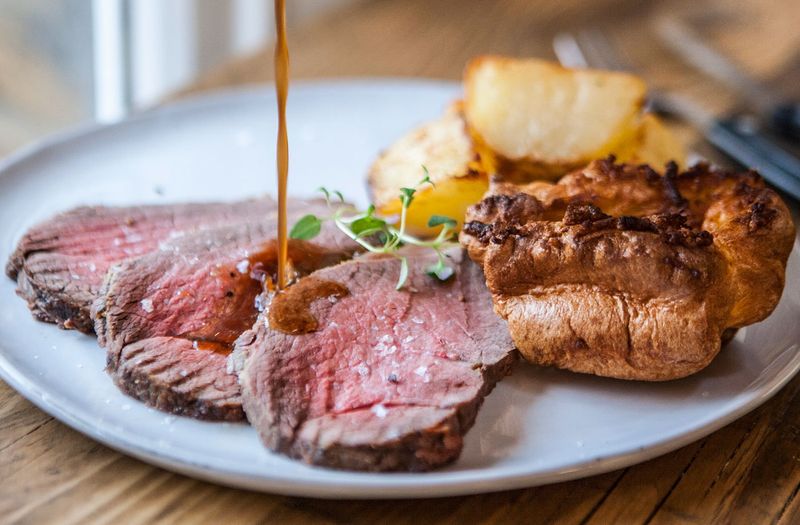
Winston Churchill’s culinary preferences were as robust as his leadership. Roast beef and Yorkshire pudding were staples of his traditional British Sunday meals.
This hearty fare reflected his steadfast character and appreciation for British culture. The combination of tender beef and savory pudding was a comforting reminder of home.
Churchill’s enjoyment of this classic dish underscores his connection to British heritage, symbolizing strength and resilience in both palate and politics.
9. Marie Antoinette – Brioche
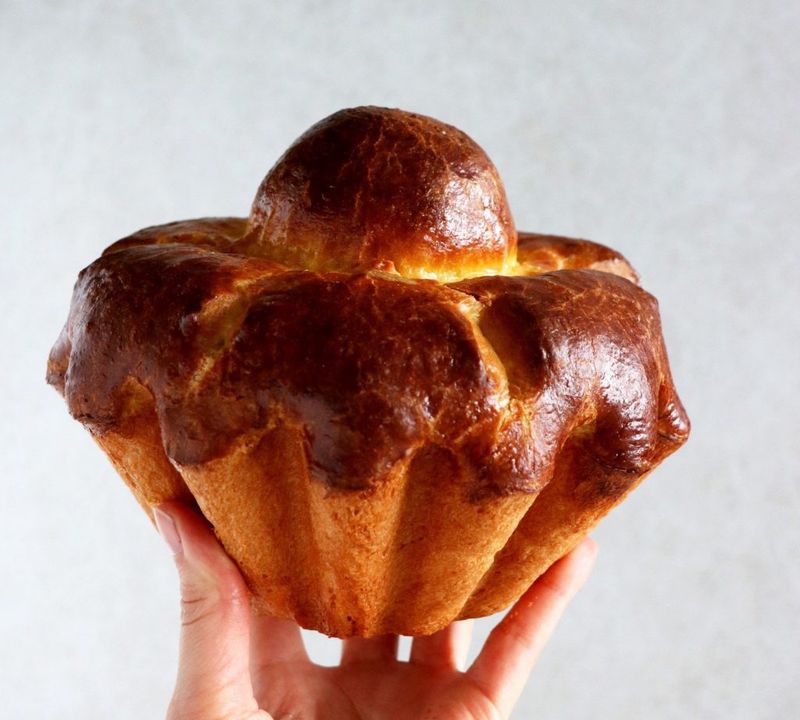
Marie Antoinette’s name is often linked to brioche, a rich, buttery bread that epitomized indulgence. Though she may not have uttered the infamous phrase attributed to her, she certainly enjoyed this luxurious treat.
Brioche’s decadence mirrored the opulence of her life at Versailles, serving as a symbol of both delight and disconnect from the common people.
In the culinary chronicles, Marie Antoinette’s love for brioche stands as a testament to her lavish lifestyle, offering a taste of the extravagant world in which she lived.
10. Ludwig van Beethoven – Macaroni and Cheese
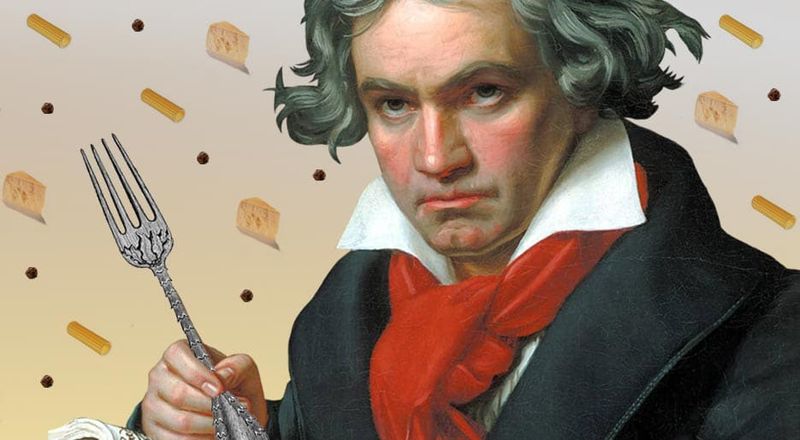
Ludwig van Beethoven’s culinary inclinations featured a surprising fondness for macaroni and cheese. This creamy pasta dish appealed to his love for both texture and flavor.
Often requesting “macaroni with Parmesan,” Beethoven found comfort and creativity in this modest meal. It was a source of nourishment that fueled his musical genius.
The simplicity of macaroni and cheese contrasts with the complexity of his compositions, yet both provided profound satisfaction. Beethoven’s favorite dish reflects a harmonious blend of simplicity and brilliance.
11. Frida Kahlo – Mole Poblano
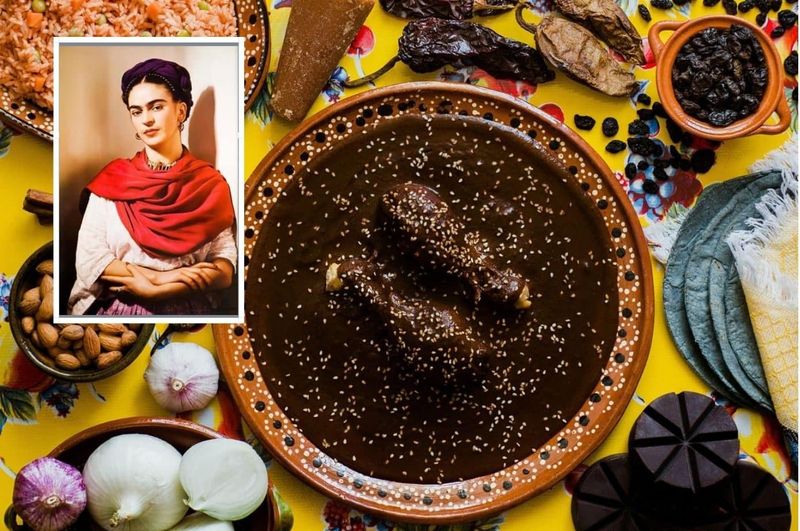
Frida Kahlo’s palate was as vibrant as her paintings, with mole poblano standing out as a favorite. This rich, complex Mexican dish combined chocolate, spices, and turkey in harmonious layers.
Kahlo’s love for mole poblano reflected her deep connection to her Mexican heritage and its culinary traditions. The intricate flavors mirrored the emotional depth of her art.
In her culinary choices, as in her artwork, Kahlo embraced boldness and authenticity, celebrating the rich tapestry of Mexican culture through her favorite foods.
12. Thomas Jefferson – Vanilla Ice Cream
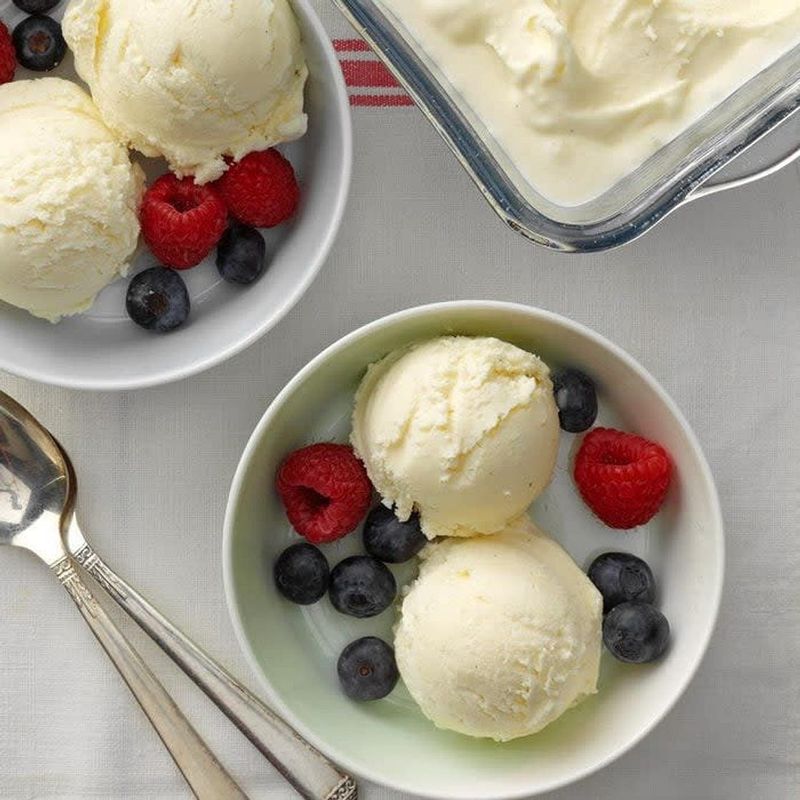
Thomas Jefferson’s introduction of vanilla ice cream to America is a sweet note in culinary history. After discovering it in France, he brought the recipe home, making it a staple at White House gatherings.
This creamy dessert reflected Jefferson’s appreciation for innovation and international influence. It was a symbol of sophistication and hospitality.
Jefferson’s fondness for vanilla ice cream adds a flavorful twist to his legacy, blending European elegance with American tradition. It remains a timeless treat that continues to delight palates today.
13. Julia Child – Sole Meunière
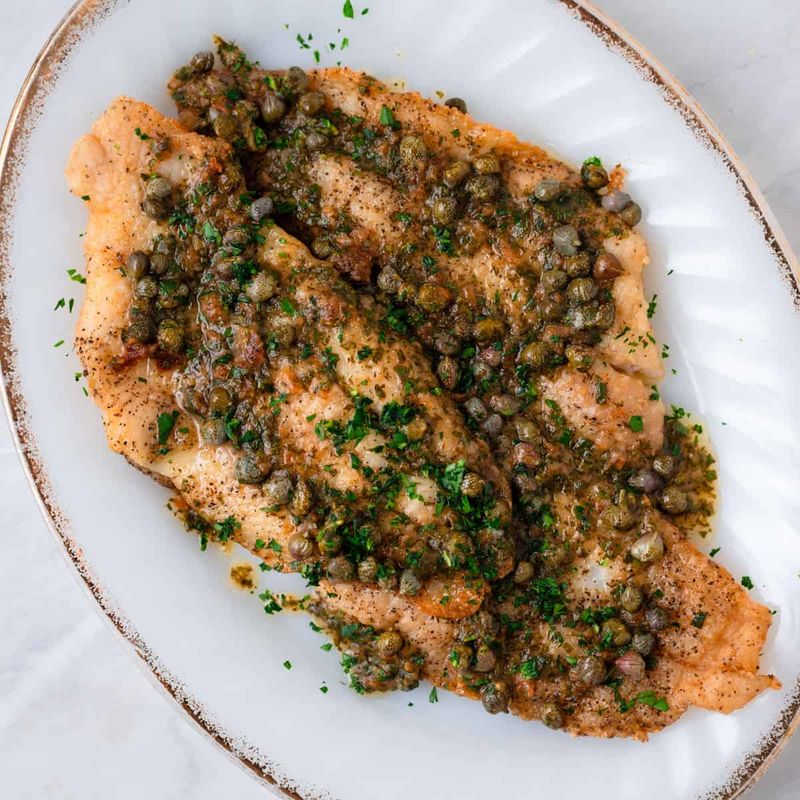
Julia Child’s culinary journey was forever changed by her first taste of sole meunière in France. This classic dish, featuring lightly floured sole cooked in butter, became a moment of epiphany.
The simplicity and perfection of the flavors inspired her lifelong passion for French cuisine. It marked the beginning of her mission to bring French cooking to American homes.
Child’s love for sole meunière reflects her appreciation for the artistry and joy of cooking, a legacy that transformed the culinary world.
14. Pablo Picasso – Paella
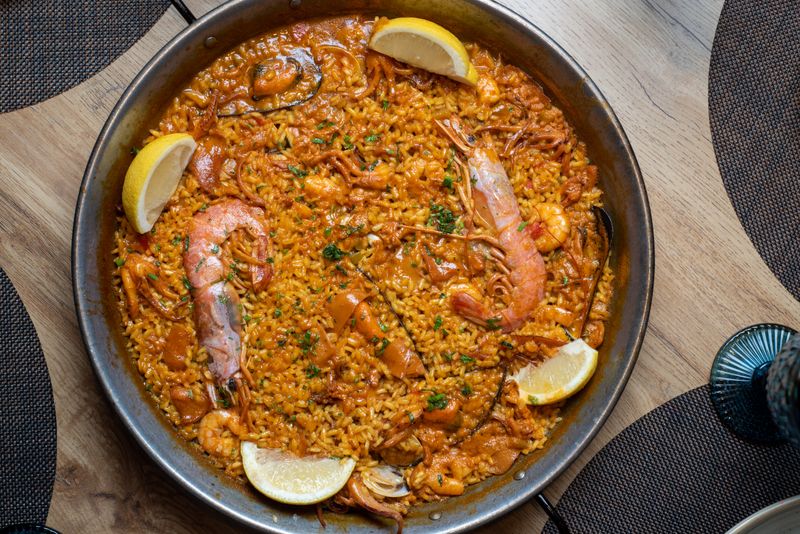
Pablo Picasso’s heart remained tied to his Spanish roots, and nothing exemplified this more than his love for paella. This flavorful rice dish, rich with seafood and saffron, captured the essence of Spain.
Picasso’s appreciation for paella mirrored his artistry—vibrant, bold, and full of life. It was a culinary canvas that resonated with his creative spirit.
As in his paintings, Picasso’s culinary taste celebrated tradition and innovation, blending flavors with the same passion that defined his artistic legacy.
15. Albert Einstein – Spaghetti
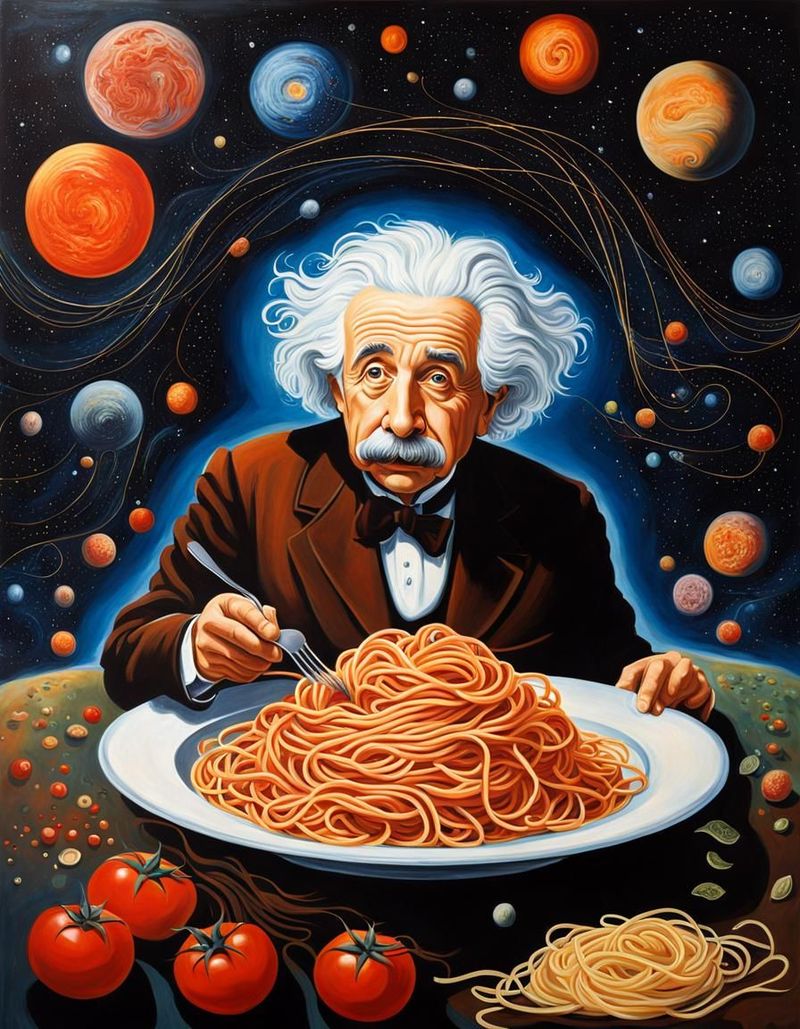
Albert Einstein found joy in the uncomplicated pleasure of a plate of spaghetti. This classic dish was his culinary comfort, a surprising choice for a mind known for complexity.
Einstein’s preference for spaghetti reflected his love for straightforwardness, both in food and in thought. The simplicity of the dish provided a counterbalance to his intellectual pursuits.
In Einstein’s world, spaghetti became more than a meal—it was a testament to the beauty of simplicity and the joy found in everyday life.
16. Amelia Earhart – Tomato Soup with Cornbread
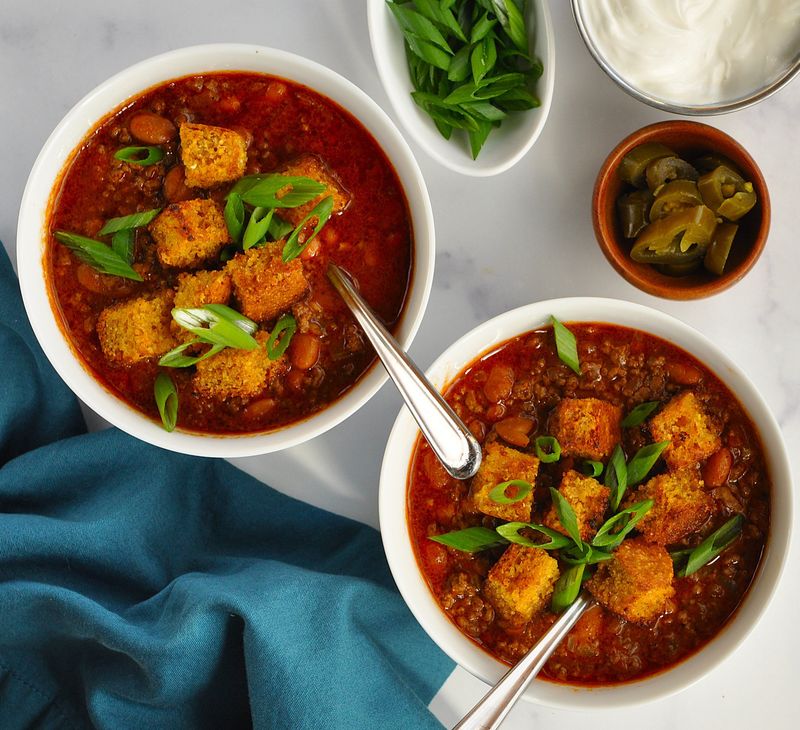
Amelia Earhart’s adventurous spirit extended to her culinary preferences, with tomato soup and cornbread as a favored duo. This simple comfort meal provided nourishment during her pioneering flights.
The combination of hearty soup and warm cornbread mirrored her practical approach to both life and aviation. It was a taste of home amidst the skies.
Earhart’s choice of this classic pairing reflects her grounding in simplicity and sustenance, qualities that fueled her remarkable journeys.
17. Benjamin Franklin – Turkey
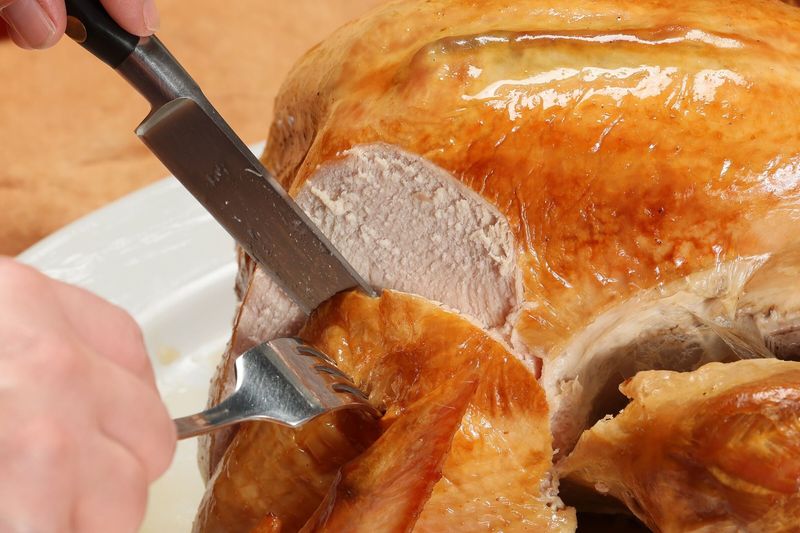
Benjamin Franklin’s affinity for turkey extended beyond the dining table. He famously proposed it as the national bird, valuing its practicality and American roots.
Roasted turkey was a staple in his diet, symbolizing both tradition and sustenance. Franklin’s choice reflected his appreciation for the new world’s bounty.
In a nation forming its identity, Franklin’s love for turkey underscores his blend of practicality and vision, celebrating the rich tapestry of American life.
18. Joseph Stalin – Georgian Khachapuri
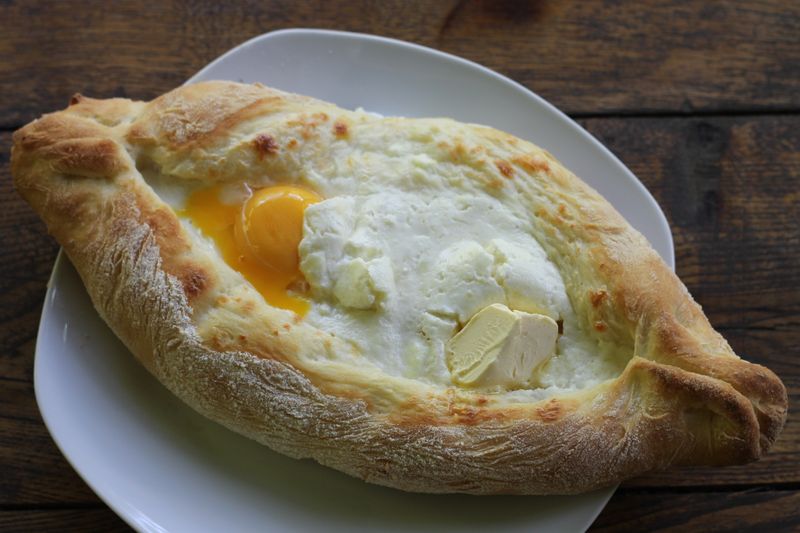
Joseph Stalin’s preference for Georgian khachapuri, a cheese-filled bread, reveals a softer side to the formidable leader. This comfort food connected him to his Georgian heritage.
Khachapuri’s warm, cheesy richness provided a nostalgic taste of home, offering solace amidst political complexities. It was a personal indulgence amidst the rigors of leadership.
Stalin’s love for khachapuri adds a humanizing note to his history, reflecting the enduring power of culinary connections to one’s roots.
19. Jane Austen – Toasted Cheese
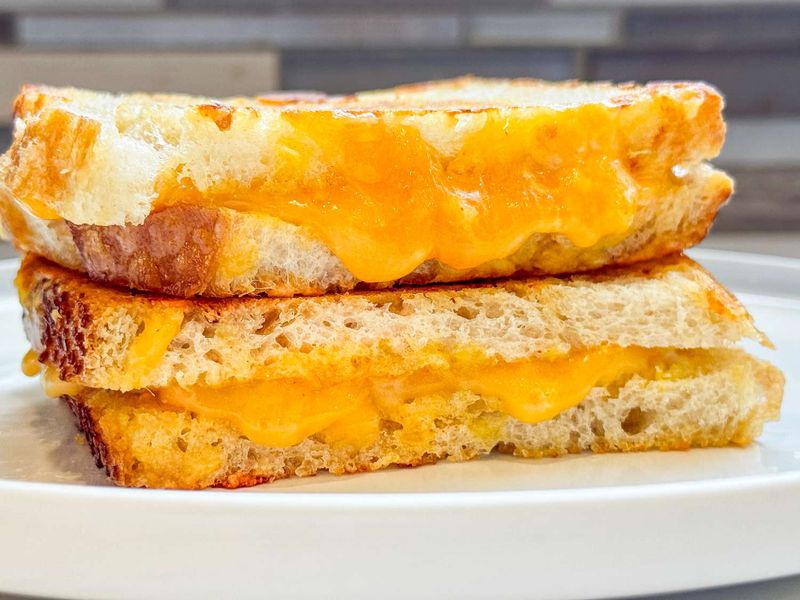
Jane Austen’s request for toasted cheese reveals a delightfully simple side to the esteemed novelist. This humble yet rich treat was a comforting favorite.
Often prepared by her sister, the dish’s warm, savory flavors provided moments of culinary pleasure amidst her literary pursuits. It was a taste of home and family.
Austen’s preference for toasted cheese reflects her appreciation for life’s simple joys, mirroring the wit and warmth found in her beloved novels.
20. Mark Twain – Fried Catfish and Cornbread
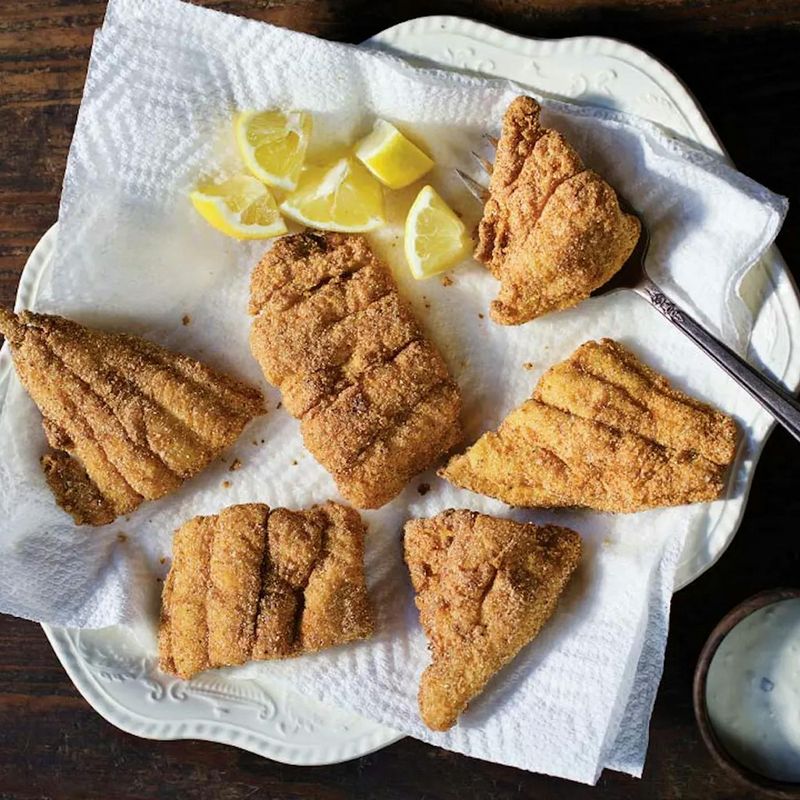
Mark Twain’s longing for fried catfish and cornbread is as vivid as his literary voice. While traveling, he often wrote about these Southern classics, yearning for their comforting taste.
The crispy catfish and hearty cornbread were a culinary embrace, evoking memories of home and humor. Twain’s love for these dishes reflects his deep connection to American culture.
In Twain’s culinary world, fried catfish and cornbread symbolize both nostalgia and humor, offering a flavorful glimpse into a uniquely American experience.
21. Alexander the Great – Roasted Meat with Barley
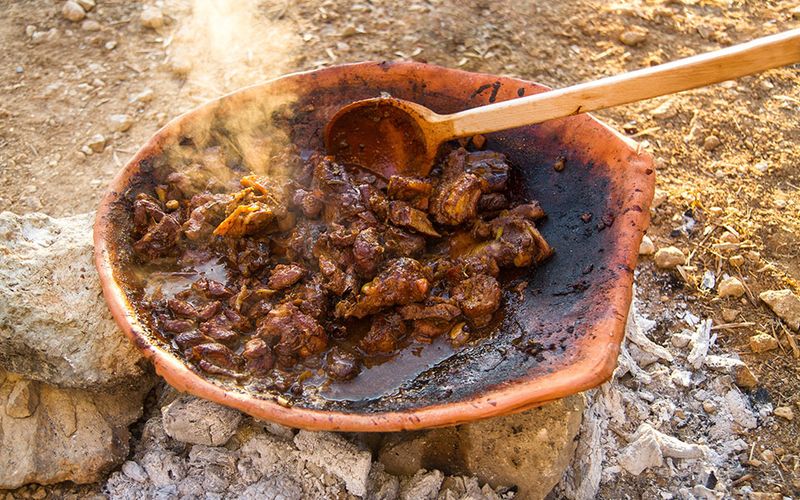
Alexander the Great’s diet was as strategic as his conquests. Roasted meat with barley was a staple, providing sustenance for his campaigns across vast territories.
The combination of seasoned meat and wholesome barley fueled his legendary army, reflecting both strength and endurance. This military fare was a testament to his leadership and tactical prowess.
In the annals of history, Alexander’s choice of roasted meat with barley symbolizes both power and practicality, mirroring his indomitable spirit and ambition.
22. Charles Darwin – Exotic Meats
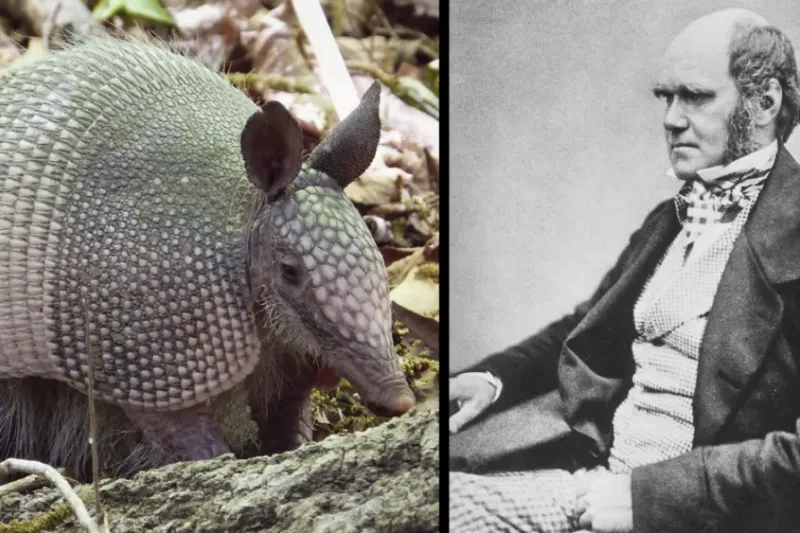
Charles Darwin’s adventurous palate mirrored his scientific pursuits. As a member of the “Glutton Club,” he sampled exotic meats, including armadillo and even owl.
This culinary curiosity reflected his broader desire to explore the natural world, tasting the unusual and documenting the extraordinary. Darwin’s dining choices were as daring as his voyages.
In Darwin’s culinary adventures, exotic meats symbolize both exploration and curiosity, highlighting the insatiable quest for knowledge that defined his life.
23. Franklin D. Roosevelt – Hot Dogs
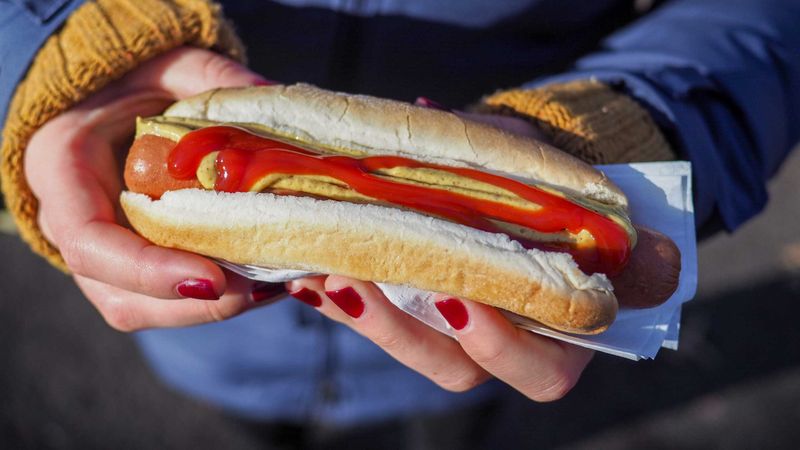
Franklin D. Roosevelt’s affinity for hot dogs added a casual touch to his presidential image. Famously serving them to the King of England, he showcased a laid-back American hospitality.
These simple sausages were a symbol of comfort and accessibility, reflecting Roosevelt’s ability to connect with people from all walks of life. They embodied his pragmatic approach to both politics and dining.
FDR’s love for hot dogs highlights a unique blend of simplicity and diplomacy, offering a flavorful glimpse into his approachable leadership style.
24. Queen Victoria – Boiled Eggs

Queen Victoria’s preference for boiled eggs is a charming note in her royal routine. Simple yet satisfying, these eggs were a staple of her breakfast.
Typically enjoyed with toast or mashed into sandwiches, they reflected her practical tastes amidst the opulence of the British monarchy. The modest egg was a constant in an ever-changing world.
Victoria’s love for boiled eggs underscores a regal simplicity, offering a glimpse into the personal tastes behind the public persona of a legendary queen.
25. Ernest Hemingway – Steak with Potatoes
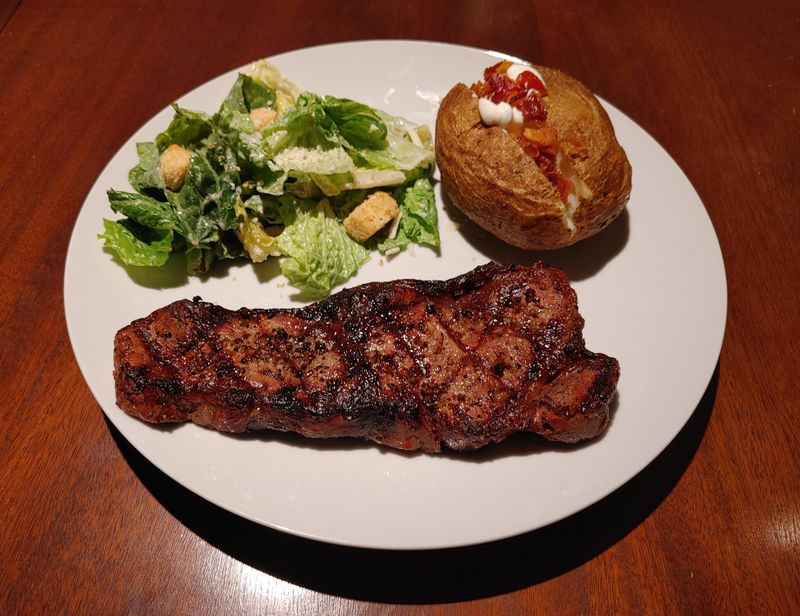
Ernest Hemingway’s culinary preferences were as robust as his writing. A hearty steak with potatoes was his meal of choice, reflecting both strength and simplicity.
He preferred his meat rare and his portions generous, a nod to his adventurous spirit and love for life’s pleasures. This classic dish fueled both body and creativity.
In Hemingway’s world, steak with potatoes symbolizes both power and passion, offering a flavorful insight into the man behind the literary legend.
26. Theodore Roosevelt – Fried Chicken
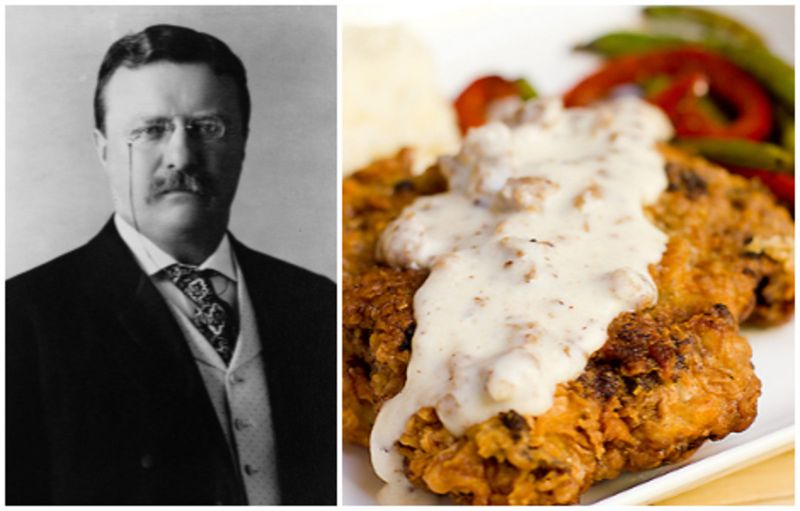
Theodore Roosevelt’s fondness for fried chicken was as bold as his persona. A favorite Southern-style dish, it epitomized both flavor and tradition.
Crispy and satisfying, this meal fueled his energetic lifestyle, reflecting his appreciation for hearty, American cuisine. It was a dish that resonated with his robust, adventurous spirit.
In Roosevelt’s culinary repertoire, fried chicken symbolizes both vigor and heritage, offering a tasty glimpse into the life of a dynamic leader.
27. Mozart – Liver Dumplings
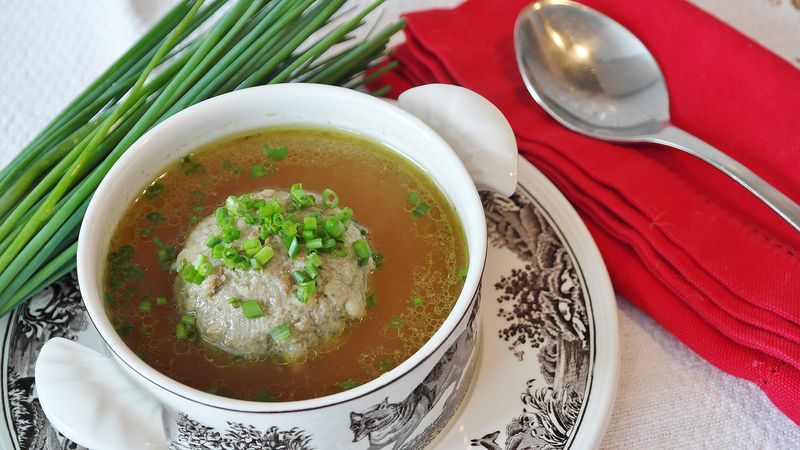
Mozart’s love for liver dumplings adds a savory note to his musical genius. These Austrian delicacies were a comforting favorite, often requested in letters to his family.
The rich, flavorful dumplings mirrored the depth and intricacy of his compositions, offering both nourishment and delight. They were a taste of home amidst his travels.
In Mozart’s culinary world, liver dumplings symbolize both creativity and comfort, providing a flavorful accompaniment to his extraordinary musical journey.
28. Agatha Christie – Cream
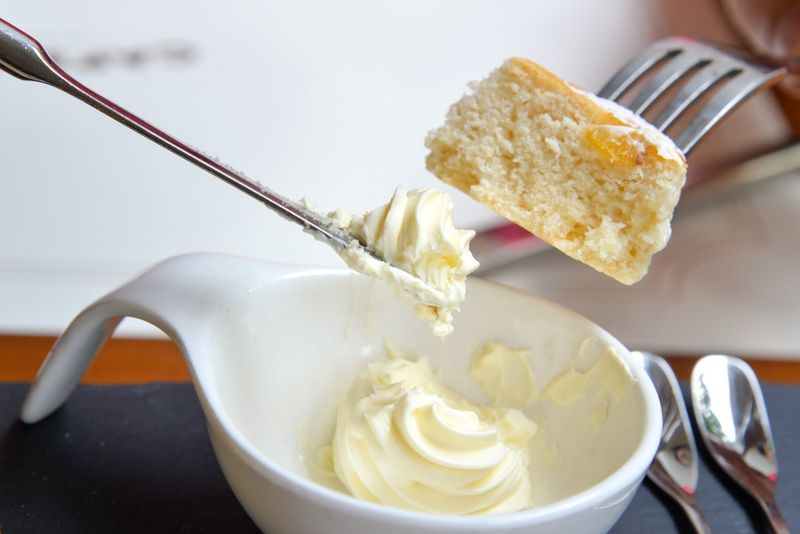
Agatha Christie’s indulgence in cream is a quirky touch to her mysterious persona. Known for her love of spoonfuls of plain cream, she often consumed it while crafting her famous novels.
This simple treat provided a creamy comfort, fueling her creative process. It was both a personal indulgence and a source of inspiration.
In Christie’s culinary habits, cream symbolizes both creativity and mystery, offering a glimpse into the whimsical side of a literary icon.
29. Princess Diana – Stuffed Bell Peppers
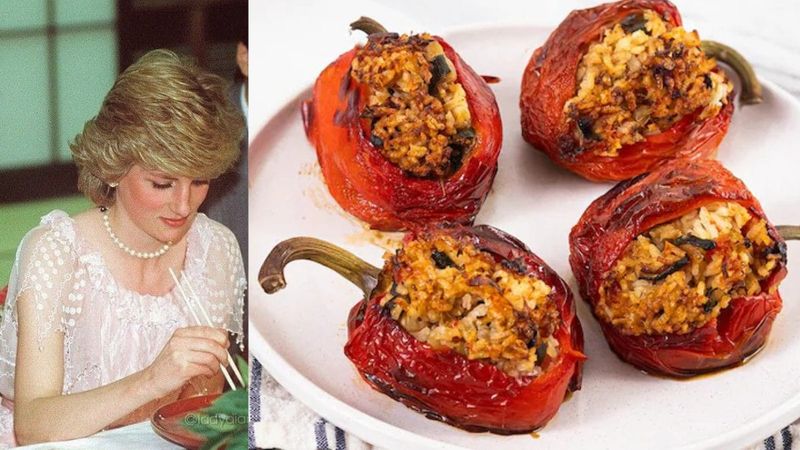
Princess Diana’s choice of stuffed bell peppers highlights her preference for lighter, vegetable-based dishes. This flavorful meal aligns with her focus on health and well-being.
The vibrant peppers filled with wholesome ingredients mirrored her graceful yet grounded approach to life. Diana’s culinary tastes reflected her modern outlook amidst traditional royal expectations.
In Diana’s world, stuffed bell peppers symbolize both elegance and vitality, offering a nutritious glimpse into the life of a beloved princess.
30. Elvis Presley – Peanut Butter and Banana Sandwich
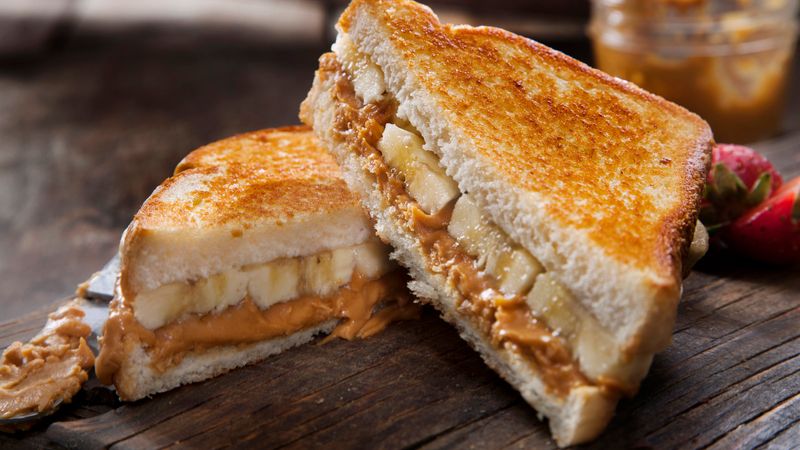
Elvis Presley’s love for peanut butter and banana sandwiches is legendary. Often grilled and occasionally enhanced with bacon, this indulgent snack became iconic.
The combination of creamy peanut butter and sweet bananas reflected his unique taste and flair. It was a comforting favorite amidst his rock and roll lifestyle.
In Presley’s culinary world, this sandwich symbolizes both indulgence and creativity, offering a flavorful insight into the King of Rock and Roll’s vibrant life.
